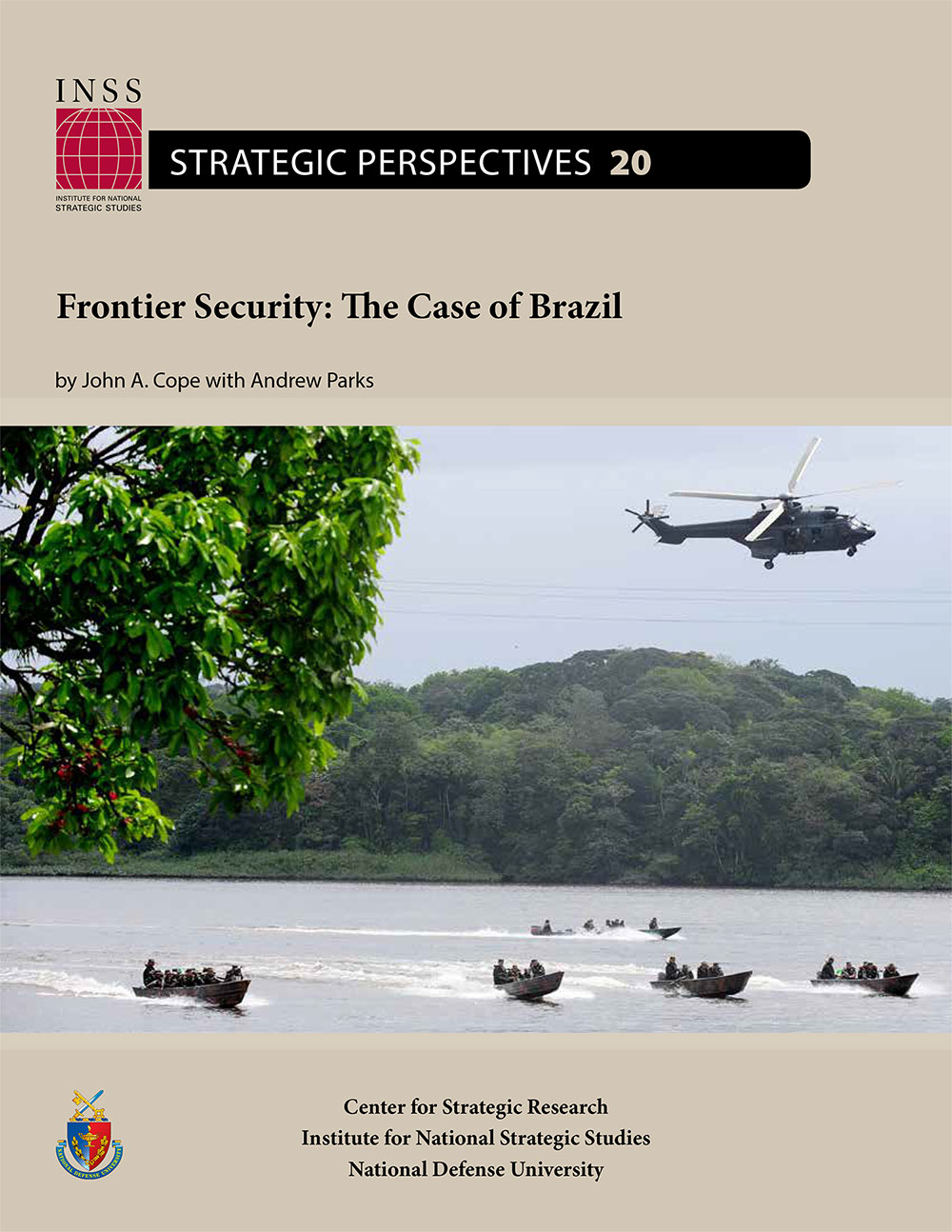DOWNLOAD PDF

Executive Summary
Over the past three decades Brazil has greatly improved its ability to monitor and control its long border. Achieving better management of the complex frontier security problem required a great deal of patience, trial and error, organizational adaptation, and good leadership. The Brazilian experience yields a number of important lessons for Brazil and for its neighbors in the Western Hemisphere. Improving performance required subordination of military priorities to civilian authorities; the repositioning of forces; better military-police cooperation; interagency and international cooperation; investment in technologies to give Brazil an advantage in the contest for best situational awareness; a long-term commitment; and guiding strategy documents supported by both civil and military authorities. Of overarching significance is the way the Brazilian military was able to reestablish the confidence of civilian leaders in the aftermath of decades of military rule. The result was a Brazilian military that is more professional, more respected, and better resourced than before. For the United States, the evolution of Brazilian frontier security is not only a developing good news story for hemispheric relations, but also a learning opportunity, since similar security problems have not always been so well managed in the United States.
Brazil faces a herculean challenge to defend national sovereignty and control access by land, river, air, and sea along the 10,000-mile land border it shares with 10 countries. The relatively developed and populous southern zone, roughly 4,000 miles, has traditionally been the priority defended by army mechanized and armored units. However, the majority of the frontier in the northern and western expanse of the Amazon rainforest has been sparsely populated and has had a minimal military presence. Interest in border security and regional development began to change in the 1970s as the pressure of environmental politics in Brazil and abroad increased.
Brazil’s approach to frontier security has evolved steadily over the past 30 years from passive, defensive, little contact with neighbors, and small military detachments (mostly army) working the arc of the Amazon from French Guiana to Bolivia to an aggressive, all-services strategy covering the whole border in close cooperation with the federal police and with increased bilateral coordination. The country’s evolving approach to the demanding tasks of guaranteeing the state’s authority and protecting vulnerabilities and natural resources is instructive for other governments facing similar challenges. Brazil’s relative success improving frontier security is notable because of its linkages to sustainable socio-economic development, interagency coordination, surveillance technology, and international cooperation.
Brazil’s modern border policies began to take shape after the end of the 1964–1985 military dictatorship. The new civilian government supported a civilian and military border development initiative known as the Calha Norte program. This project stressed settlement and infrastructure construction and also introduced special border platoons along the northern frontier. The nascent program was fully supported in 2004 by an operational system for the surveillance of Amazonia (Sistema de Vigilância de Amazônia, or SIVAM). In 2008, the ministry of defense announced a National Strategy of Defense, championed by President Lula da Silva, which established regional priorities, directed the reorganization and repositioning of army, navy, and air force capabilities, and prescribed operational guidelines. Three years later, President Dilma Rousseff’s government launched its Strategic Borders Plan, which instituted military–law enforcement security operations across the whole border against the full range of criminal activities. With this plan, the Brazilian congress granted the armed forces policing powers within 90 miles of the frontier.
In many ways, the National Strategy of Defense marked a clear turning point in frontier security. Of critical importance is that the strategy introduced what it calls the triple imperative of monitor and control, leading to requirements for mobility and ultimately presence. These three concepts govern the mid-term and long-range development of capabilities and force structure for each branch of the armed forces, and provide near-term guidance for the growing scope of roles that increasingly includes tasks in support of law enforcement. Implementing the Strategic Borders Plan over the last 5 years has resulted in gradually improved interdiction in the frontier zone against narcotics, weapons, and other illegal commodities. The way ahead intensifies integrated military and police operations, emphasizes the technical and procedural refinement of surveillance and communication capabilities, and strengthens security collaboration with neighboring countries.
While military and civilian agency progress in the border zone is real, it is hampered by the continued lack of an interagency legal framework, binding over time on all federal and state players, to promote sustainable development, regional integration, and national security. Forward movement still depends on presidential involvement and executive decrees. As often happens, interagency coordination is difficult and slow. Most recently, a harsh recession, currency devaluation, and a political crisis involving the president have led to budget constraints in many areas, including defense, in which there had been rising investment.
This analysis is the fourth publication from the Institute for National Strategic Studies on Brazil and its emerging world role.
READ THE FULL PUBLICATION >>